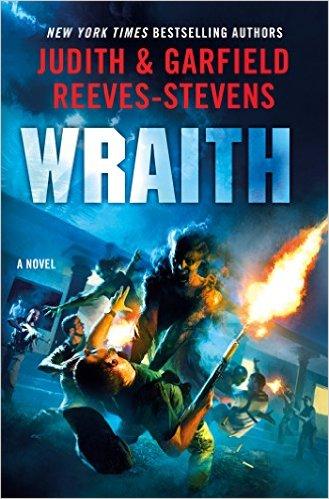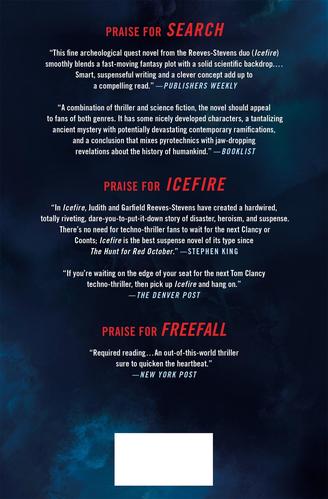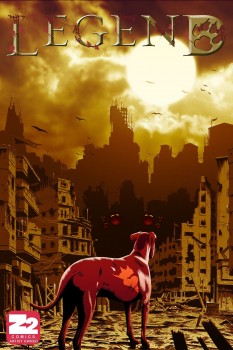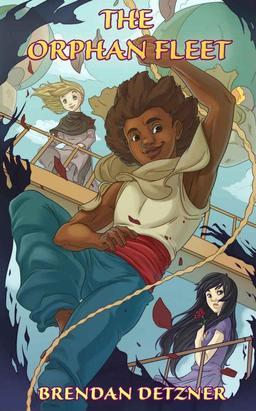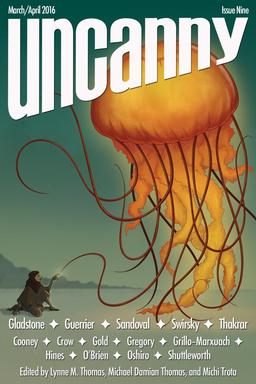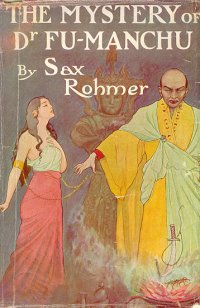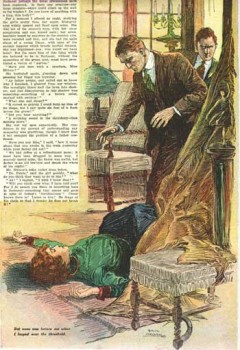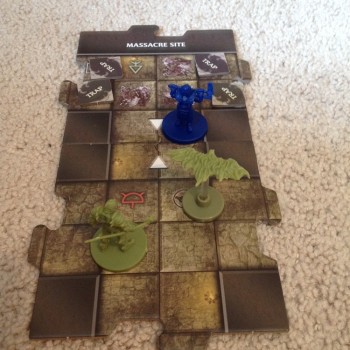Vintage Treasures: Sorcerer’s Son by Phyllis Eisenstein
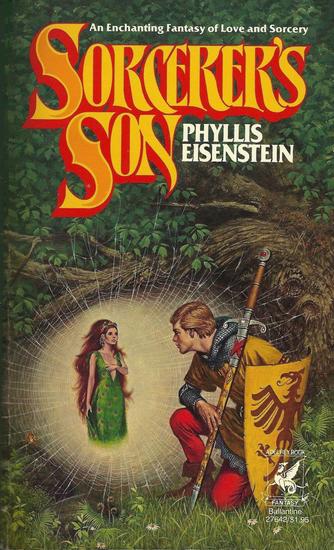 |
 |
I ran into my friend Phyllis Eisenstein at the Windy City Pulp & Paper Show here in Chicago over the weekend, and the first thing she said to me was, “I’m retired!”
This is exciting news. Phyllis has been nurturing several writing projects for the past few years, and I’ve been impatiently waiting for them — and it’s great to hear that she’ll finally have more time to devote to them. Though I forgot to ask if it means we’ll finally get the long-promised third volume in her Book of Elementals fantasy series, which began with Sorcerer’s Son in 1979, and continued with The Crystal Palace (1988). The third volume, The City in Stone, was actually completed a decade ago, but was left without a publisher after the sudden collapse of Meisha Merlin in 2007. The first two volumes are now long out of print.
Phyllis’ other novels include Shadow of Earth (1979), In the Hands of Glory (1981), and the Tales of Alaric the Minstrel (two novels, Born to Exile (1978) and In the Red Lord’s Reach (1989), plus various short stories). Her work has been nominated for both the Hugo and Nebula Awards, but these days of course she’s most famous for being the person who convinced George R.R. Martin to put dragons in A Song of Ice and Fire.

